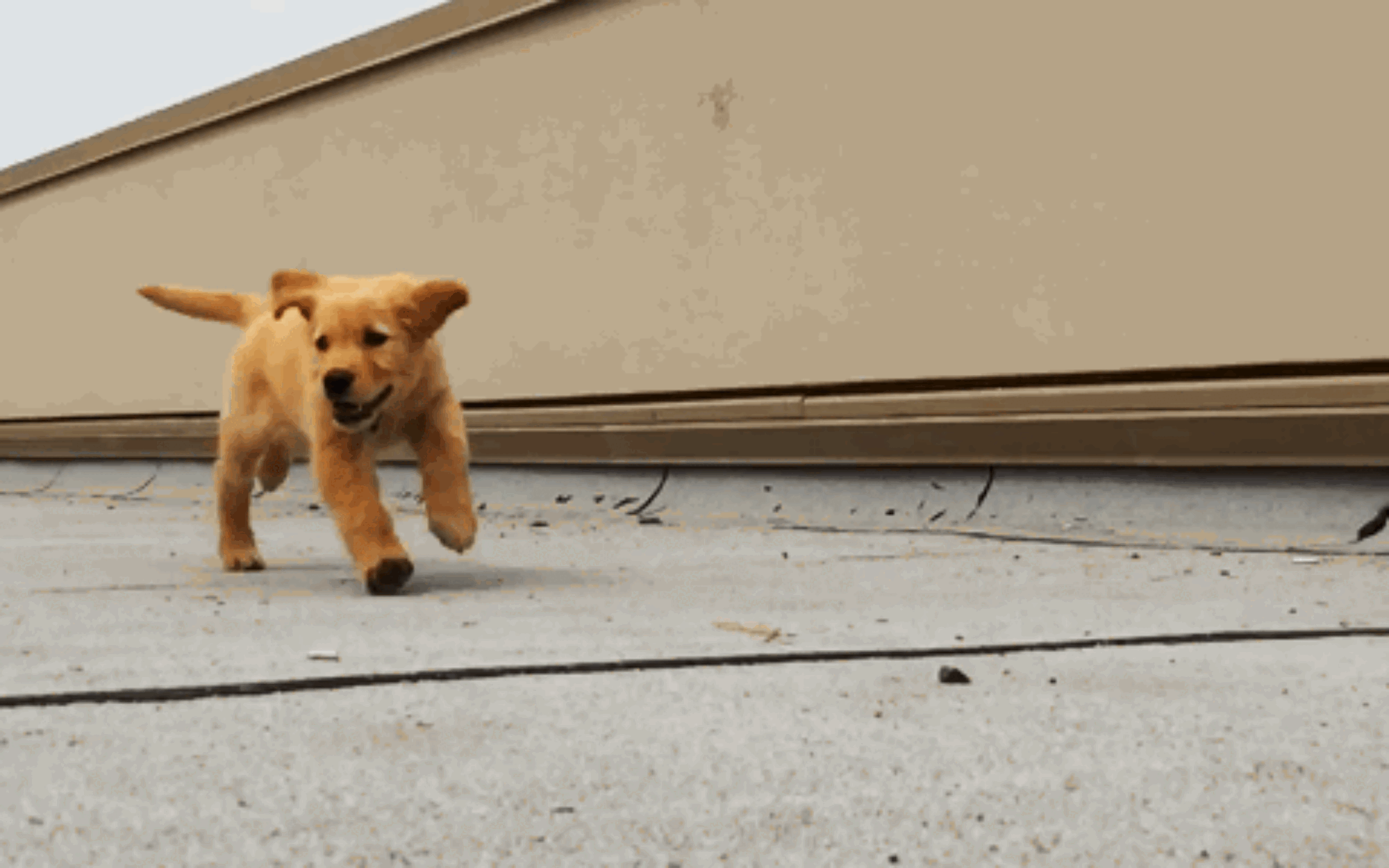[{"id":18438,"link":"https:\/\/barky.com.au\/how-often-should-you-walk-your-dog-our-vet-explains\/","name":"how-often-should-you-walk-your-dog-our-vet-explains","thumbnail":{"url":"https:\/\/i0.wp.com\/barky.com.au\/wp-content\/uploads\/2025\/01\/Divider_Dogs-2-scaled-1.webp?fit=2560%2C308&ssl=1","alt":""},"title":"How Often Should You Walk Your Dog? Our Vet Explains","author":{"name":"Barky Boy","link":"https:\/\/barky.com.au\/author\/barky\/"},"date":"Jan 14, 2025","dateGMT":"2025-01-13 14:02:17","modifiedDate":"2025-01-14 00:02:17","modifiedDateGMT":"2025-01-13 14:02:17","commentCount":"0","commentStatus":"closed","categories":{"coma":"<a href=\"https:\/\/barky.com.au\/category\/ask-the-vet\/\" rel=\"category tag\">Ask the Vet<\/a>, <a href=\"https:\/\/barky.com.au\/category\/cats\/\" rel=\"category tag\">cats<\/a>, <a href=\"https:\/\/barky.com.au\/category\/dog\/\" rel=\"category tag\">dog<\/a>, <a href=\"https:\/\/barky.com.au\/category\/dogs\/\" rel=\"category tag\">dogs<\/a>, <a href=\"https:\/\/barky.com.au\/category\/other-pets\/\" rel=\"category tag\">other pets<\/a>, <a href=\"https:\/\/barky.com.au\/category\/products\/\" rel=\"category tag\">products<\/a>, <a href=\"https:\/\/barky.com.au\/category\/sitting-boarding\/\" rel=\"category tag\">sitting \/ boarding<\/a>, <a href=\"https:\/\/barky.com.au\/category\/vet-approved\/\" rel=\"category tag\">vet approved<\/a>","space":"<a href=\"https:\/\/barky.com.au\/category\/ask-the-vet\/\" rel=\"category tag\">Ask the Vet<\/a> <a href=\"https:\/\/barky.com.au\/category\/cats\/\" rel=\"category tag\">cats<\/a> <a href=\"https:\/\/barky.com.au\/category\/dog\/\" rel=\"category tag\">dog<\/a> <a href=\"https:\/\/barky.com.au\/category\/dogs\/\" rel=\"category tag\">dogs<\/a> <a href=\"https:\/\/barky.com.au\/category\/other-pets\/\" rel=\"category tag\">other pets<\/a> <a href=\"https:\/\/barky.com.au\/category\/products\/\" rel=\"category tag\">products<\/a> <a href=\"https:\/\/barky.com.au\/category\/sitting-boarding\/\" rel=\"category tag\">sitting \/ boarding<\/a> <a href=\"https:\/\/barky.com.au\/category\/vet-approved\/\" rel=\"category tag\">vet approved<\/a>"},"taxonomies":{"post_tag":""},"readTime":{"min":6,"sec":48},"status":"publish","excerpt":""},{"id":18436,"link":"https:\/\/barky.com.au\/longevity-drugs-for-dogs-could-also-work-for-humans-researchers-say\/","name":"longevity-drugs-for-dogs-could-also-work-for-humans-researchers-say","thumbnail":{"url":"https:\/\/i0.wp.com\/barky.com.au\/wp-content\/uploads\/2025\/01\/A-middle-aged-man-hugs-a-dog-on-a-walk-scaled-1.jpg?fit=2048%2C1365&ssl=1","alt":""},"title":"Longevity Drugs For Dogs Could Also Work For Humans, Researchers Say","author":{"name":"Barky Boy","link":"https:\/\/barky.com.au\/author\/barky\/"},"date":"Jan 10, 2025","dateGMT":"2025-01-09 14:02:41","modifiedDate":"2025-01-10 00:02:41","modifiedDateGMT":"2025-01-09 14:02:41","commentCount":"0","commentStatus":"closed","categories":{"coma":"<a href=\"https:\/\/barky.com.au\/category\/anti-aging-medicine-for-dogs\/\" rel=\"category tag\">anti aging medicine for dogs<\/a>, <a href=\"https:\/\/barky.com.au\/category\/breed-longevity\/\" rel=\"category tag\">breed longevity<\/a>, <a href=\"https:\/\/barky.com.au\/category\/cats\/\" rel=\"category tag\">cats<\/a>, <a href=\"https:\/\/barky.com.au\/category\/dog-life-span\/\" rel=\"category tag\">dog life span<\/a>, <a href=\"https:\/\/barky.com.au\/category\/dog-research\/\" rel=\"category tag\">dog research<\/a>, <a href=\"https:\/\/barky.com.au\/category\/dog-study\/\" rel=\"category tag\">dog study<\/a>, <a href=\"https:\/\/barky.com.au\/category\/dogs\/\" rel=\"category tag\">dogs<\/a>, <a href=\"https:\/\/barky.com.au\/category\/drugs-to-extend-a-dogs-lifespan\/\" rel=\"category tag\">drugs to extend a dog's lifespan<\/a>, <a href=\"https:\/\/barky.com.au\/category\/featured\/\" rel=\"category tag\">featured<\/a>, <a href=\"https:\/\/barky.com.au\/category\/front-page\/\" rel=\"category tag\">FRONT PAGE<\/a>, <a href=\"https:\/\/barky.com.au\/category\/front-page-news\/\" rel=\"category tag\">Front Page News<\/a>, <a href=\"https:\/\/barky.com.au\/category\/longevity-drugs-for-dogs\/\" rel=\"category tag\">longevity drugs for dogs<\/a>, <a href=\"https:\/\/barky.com.au\/category\/longevity-drugs-for-dogs-can-potentially-work-on-humans-in-the-future\/\" rel=\"category tag\">longevity drugs for dogs can potentially work on humans in the future<\/a>, <a href=\"https:\/\/barky.com.au\/category\/other-pets\/\" rel=\"category tag\">other pets<\/a>, <a href=\"https:\/\/barky.com.au\/category\/products\/\" rel=\"category tag\">products<\/a>, <a href=\"https:\/\/barky.com.au\/category\/sitting-boarding\/\" rel=\"category tag\">sitting \/ boarding<\/a>","space":"<a href=\"https:\/\/barky.com.au\/category\/anti-aging-medicine-for-dogs\/\" rel=\"category tag\">anti aging medicine for dogs<\/a> <a href=\"https:\/\/barky.com.au\/category\/breed-longevity\/\" rel=\"category tag\">breed longevity<\/a> <a href=\"https:\/\/barky.com.au\/category\/cats\/\" rel=\"category tag\">cats<\/a> <a href=\"https:\/\/barky.com.au\/category\/dog-life-span\/\" rel=\"category tag\">dog life span<\/a> <a href=\"https:\/\/barky.com.au\/category\/dog-research\/\" rel=\"category tag\">dog research<\/a> <a href=\"https:\/\/barky.com.au\/category\/dog-study\/\" rel=\"category tag\">dog study<\/a> <a href=\"https:\/\/barky.com.au\/category\/dogs\/\" rel=\"category tag\">dogs<\/a> <a href=\"https:\/\/barky.com.au\/category\/drugs-to-extend-a-dogs-lifespan\/\" rel=\"category tag\">drugs to extend a dog's lifespan<\/a> <a href=\"https:\/\/barky.com.au\/category\/featured\/\" rel=\"category tag\">featured<\/a> <a href=\"https:\/\/barky.com.au\/category\/front-page\/\" rel=\"category tag\">FRONT PAGE<\/a> <a href=\"https:\/\/barky.com.au\/category\/front-page-news\/\" rel=\"category tag\">Front Page News<\/a> <a href=\"https:\/\/barky.com.au\/category\/longevity-drugs-for-dogs\/\" rel=\"category tag\">longevity drugs for dogs<\/a> <a href=\"https:\/\/barky.com.au\/category\/longevity-drugs-for-dogs-can-potentially-work-on-humans-in-the-future\/\" rel=\"category tag\">longevity drugs for dogs can potentially work on humans in the future<\/a> <a href=\"https:\/\/barky.com.au\/category\/other-pets\/\" rel=\"category tag\">other pets<\/a> <a href=\"https:\/\/barky.com.au\/category\/products\/\" rel=\"category tag\">products<\/a> <a href=\"https:\/\/barky.com.au\/category\/sitting-boarding\/\" rel=\"category tag\">sitting \/ boarding<\/a>"},"taxonomies":{"post_tag":""},"readTime":{"min":2,"sec":44},"status":"publish","excerpt":""},{"id":18434,"link":"https:\/\/barky.com.au\/couple-banned-from-owning-pets-after-leaving-a-dog-to-suffer-with-a-large-burn-on-body\/","name":"couple-banned-from-owning-pets-after-leaving-a-dog-to-suffer-with-a-large-burn-on-body","thumbnail":{"url":"https:\/\/i0.wp.com\/barky.com.au\/wp-content\/uploads\/2025\/01\/dog-with-large-burns-on-its-body-left-by-owner-to-suffer.jpg?fit=800%2C1000&ssl=1","alt":""},"title":"Couple Banned From Owning Pets After Leaving A Dog To Suffer With A Large Burn On Body","author":{"name":"Barky Boy","link":"https:\/\/barky.com.au\/author\/barky\/"},"date":"Jan 8, 2025","dateGMT":"2025-01-07 14:01:46","modifiedDate":"2025-01-08 00:01:46","modifiedDateGMT":"2025-01-07 14:01:46","commentCount":"0","commentStatus":"closed","categories":{"coma":"<a href=\"https:\/\/barky.com.au\/category\/canine-rights\/\" rel=\"category tag\">Canine Rights<\/a>, <a href=\"https:\/\/barky.com.au\/category\/cats\/\" rel=\"category tag\">cats<\/a>, <a href=\"https:\/\/barky.com.au\/category\/couple-banner-from-owning-pets-after-leaving-dog-with-burn-wounds\/\" rel=\"category tag\">couple banner from owning pets after leaving dog with burn wounds<\/a>, <a href=\"https:\/\/barky.com.au\/category\/couple-lets-their-dog-suffer-with-large-burn-on-body\/\" rel=\"category tag\">couple lets their dog suffer with large burn on body<\/a>, <a href=\"https:\/\/barky.com.au\/category\/dog-abuse\/\" rel=\"category tag\">Dog Abuse<\/a>, <a href=\"https:\/\/barky.com.au\/category\/dog-left-with-burn-wounds-by-owners\/\" rel=\"category tag\">Dog left with burn wounds by owners<\/a>, <a href=\"https:\/\/barky.com.au\/category\/dogs\/\" rel=\"category tag\">dogs<\/a>, <a href=\"https:\/\/barky.com.au\/category\/featured\/\" rel=\"category tag\">featured<\/a>, <a href=\"https:\/\/barky.com.au\/category\/other-pets\/\" rel=\"category tag\">other pets<\/a>, <a href=\"https:\/\/barky.com.au\/category\/products\/\" rel=\"category tag\">products<\/a>, <a href=\"https:\/\/barky.com.au\/category\/sitting-boarding\/\" rel=\"category tag\">sitting \/ boarding<\/a>","space":"<a href=\"https:\/\/barky.com.au\/category\/canine-rights\/\" rel=\"category tag\">Canine Rights<\/a> <a href=\"https:\/\/barky.com.au\/category\/cats\/\" rel=\"category tag\">cats<\/a> <a href=\"https:\/\/barky.com.au\/category\/couple-banner-from-owning-pets-after-leaving-dog-with-burn-wounds\/\" rel=\"category tag\">couple banner from owning pets after leaving dog with burn wounds<\/a> <a href=\"https:\/\/barky.com.au\/category\/couple-lets-their-dog-suffer-with-large-burn-on-body\/\" rel=\"category tag\">couple lets their dog suffer with large burn on body<\/a> <a href=\"https:\/\/barky.com.au\/category\/dog-abuse\/\" rel=\"category tag\">Dog Abuse<\/a> <a href=\"https:\/\/barky.com.au\/category\/dog-left-with-burn-wounds-by-owners\/\" rel=\"category tag\">Dog left with burn wounds by owners<\/a> <a href=\"https:\/\/barky.com.au\/category\/dogs\/\" rel=\"category tag\">dogs<\/a> <a href=\"https:\/\/barky.com.au\/category\/featured\/\" rel=\"category tag\">featured<\/a> <a href=\"https:\/\/barky.com.au\/category\/other-pets\/\" rel=\"category tag\">other pets<\/a> <a href=\"https:\/\/barky.com.au\/category\/products\/\" rel=\"category tag\">products<\/a> <a href=\"https:\/\/barky.com.au\/category\/sitting-boarding\/\" rel=\"category tag\">sitting \/ boarding<\/a>"},"taxonomies":{"post_tag":""},"readTime":{"min":2,"sec":11},"status":"publish","excerpt":""}]














 4 Tips to Keep Your Pet Leopard Gecko Safe
4 Tips to Keep Your Pet Leopard Gecko Safe






